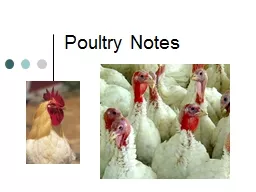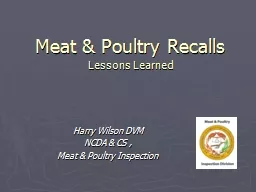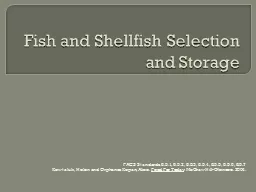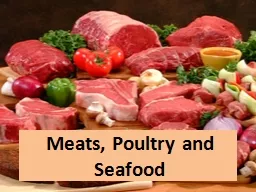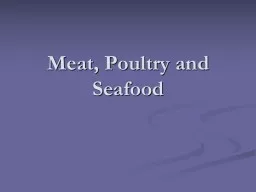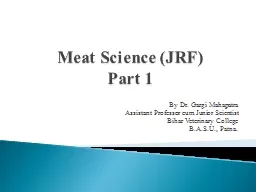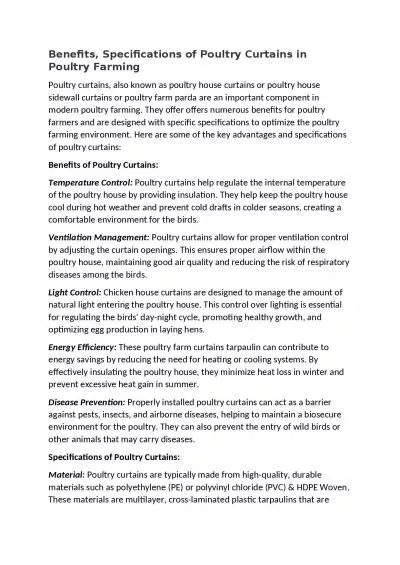PDF-Fr eezing is an excellent way to preserve animal products such as meat poultry fish and
Author : sherrill-nordquist | Published Date : 2014-11-12
In some instances eggs and dairy foods can also be frozen for later use Fr eezing does not sterilize food The extreme cold simply retards the growth of microorganisms
Presentation Embed Code
Download Presentation
Download Presentation The PPT/PDF document "Fr eezing is an excellent way to preserv..." is the property of its rightful owner. Permission is granted to download and print the materials on this website for personal, non-commercial use only, and to display it on your personal computer provided you do not modify the materials and that you retain all copyright notices contained in the materials. By downloading content from our website, you accept the terms of this agreement.
Fr eezing is an excellent way to preserve animal products such as meat poultry fish and: Transcript
Download Rules Of Document
"Fr eezing is an excellent way to preserve animal products such as meat poultry fish and"The content belongs to its owner. You may download and print it for personal use, without modification, and keep all copyright notices. By downloading, you agree to these terms.
Related Documents


